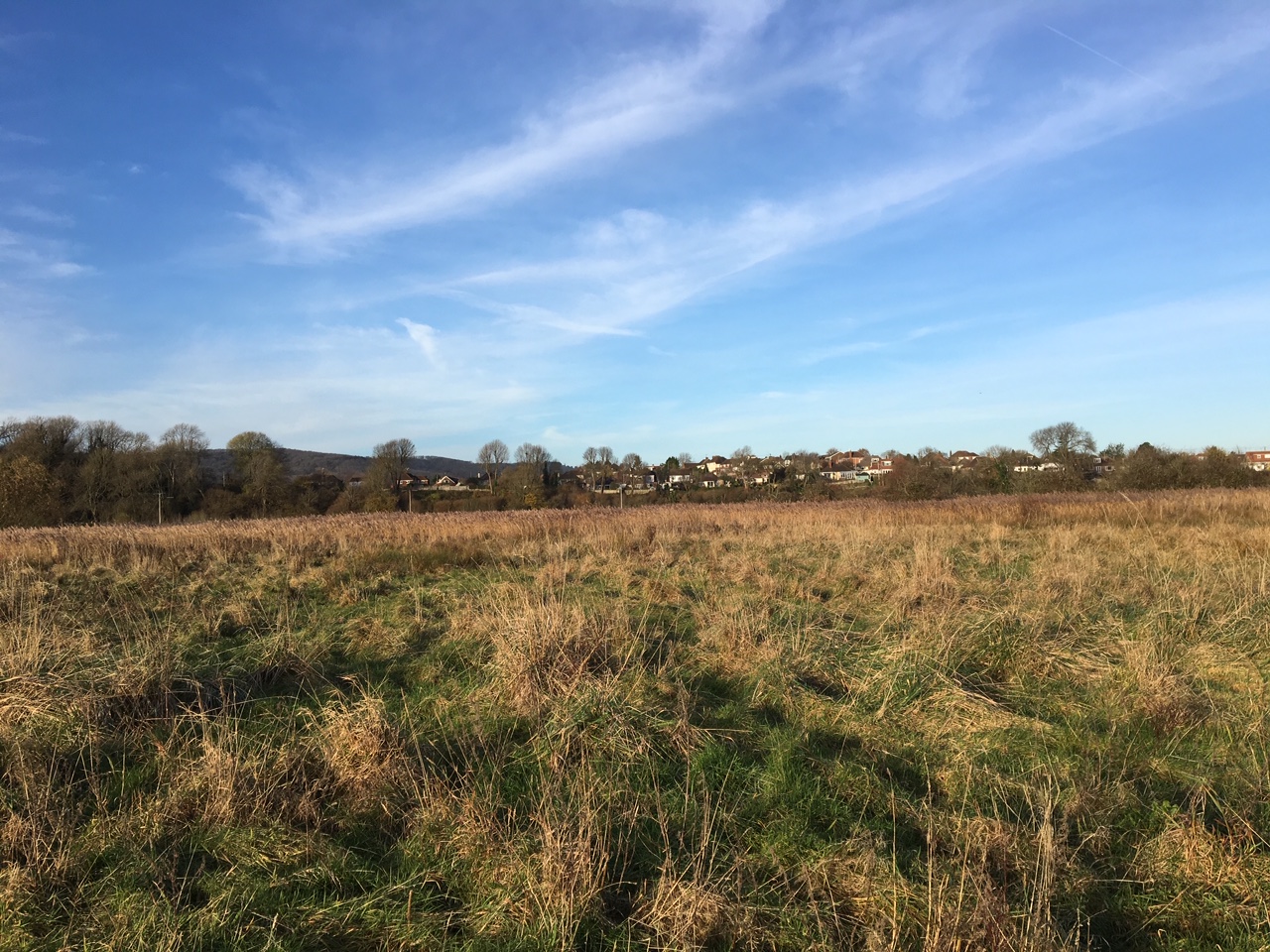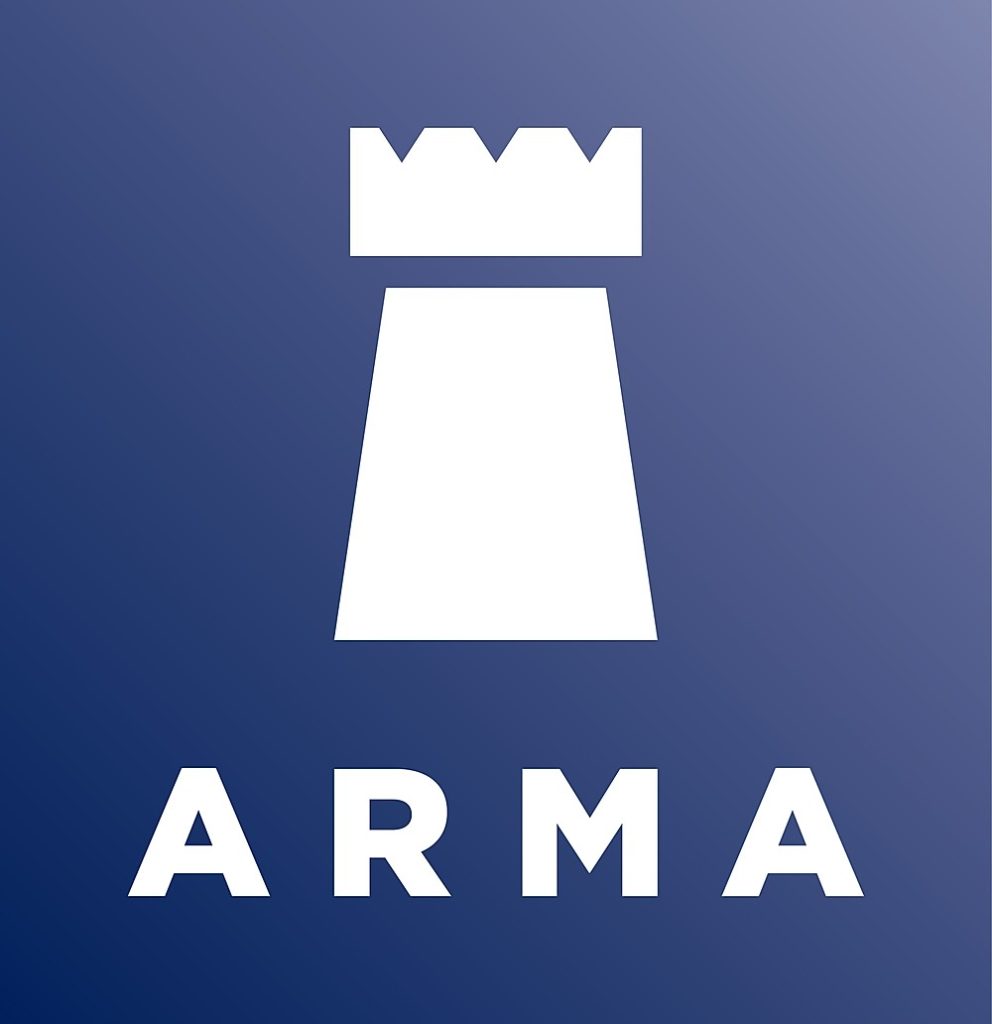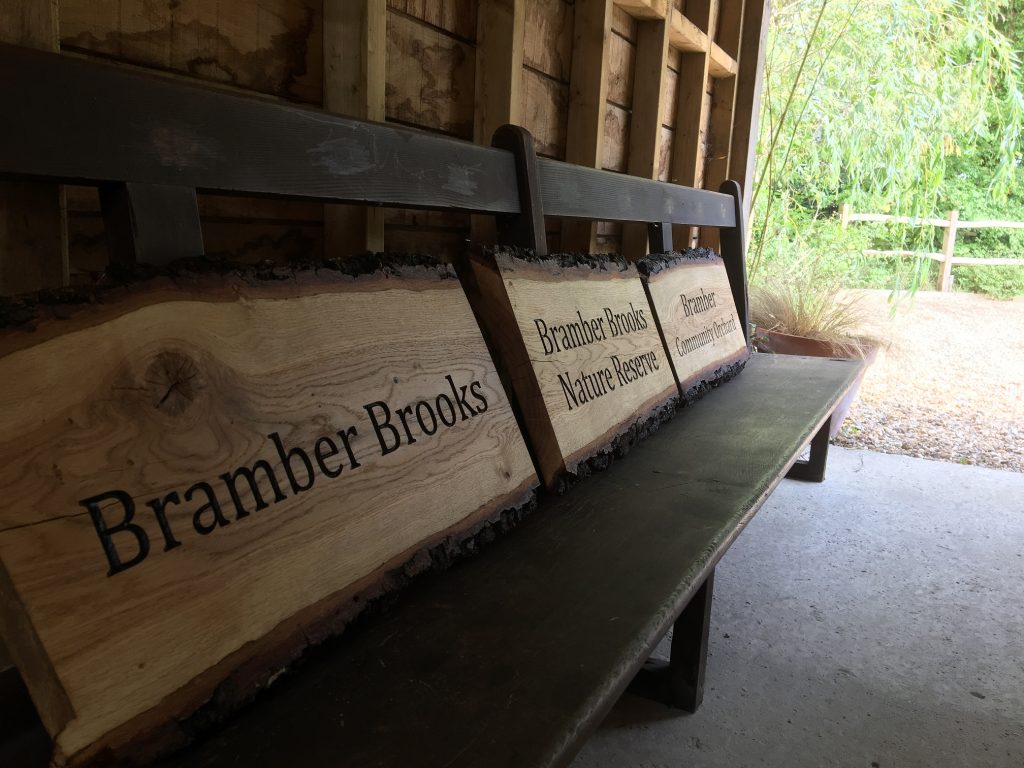
After our company bought the land at Bramber Brooks in late 2016, the advice we received from every conservationist and ecologist we spoke to, was not to touch the land or make any changes for a whole year. It hadn’t been grazed or managed at all for at least thirty years and one more year would make little difference. They advised that time was needed to get to know the wildlife, the flora and fauna, the opportunities for conservation and to see how the land changed through the seasons.
However, we realised very quickly that urgent action was required to deal with one major problem.
During the first couple of weeks, we found the carcasses of a young deer, an adult badger and several rabbits which had been attacked and killed by dogs. There were also many skulls and bones lying around. On the western side of Bramber Brooks, approximately 20 acres are ringed by a wide drainage ditch which effectively makes it an island site. For years, it had been the perfect place for dog owners to release their big pets, to allow them to safely burn off energy by chasing the wildlife. This area of land was home to badgers, foxes, roe deer and many small mammals and was the perfect dog playground!
We set about having gates and fencing erected at the entrance points to the 20 acre site. We worked closely with Bramber Parish Council, set up a Facebook page and announced that this area was now designated as a ‘dog free’ nature reserve. Although there are no public footpaths across the nature reserve area, we allowed permissive access to visitors.. but not their dogs.
There was an immediate backlash from a number of local dog owners. Some openly admitted that they had been letting their dogs chase the wildlife for years and could not understand why we would now stop them. The small wooden sign we erected on the gate informing visitors that dogs were not welcome was vandalised. The comments on social media, for a week or so, were nasty and negative but were soon taken over by positive feedback from those visiting to see the wildlife.
We were staggered by the support we received from the local community. We started to realise that we were creating a ‘community asset’ and rather than being owners of the land, we were really just custodians for future generations. It was a very humbling realisation indeed.
Over the next few months, we had a proper management plan prepared by Dr Petra Billings, a local ecologist, and followed the recommendations. We also worked closely with the parish council and applied for grant funding from the Rampion Wind Farm Community Benefit Fund. Grant monies we received allowed us to have five timber bridges built over the wettest areas of the nature reserve. We decided on the right locations for paths for visitors and cut a route through the long grass and brambles to form a circular walk around the reserve. The grant monies also paid for benches to be built and placed in strategic spots, with views across to the ruins of Bramber Castle.
Part of the new nature reserve is a Scheduled Ancient Monument, containing some of the only undisturbed medieval salterns along the south coast. The nature reserve walk takes visitors over these protected salterns with the spoils of the Bramber salt trade of the 15th century under their feet.
We are currently working with Horsham District Council and Sussex Wildlife Trust to have the land designated as a Local Nature Reserve (LNR). It will be only the third LNR in the whole Horsham District, the only in private ownership and will ensure protection long into the future.
Our Facebook page now has almost 1,000 followers and we regularly post news on our wildlife.
Next year, the Environment Agency have agreed to build three large bird scrapes within the nature reserve. They obtained full planning permission early in 2020 and the work is to mitigate the losses of wildlife riverbank habitat as a result of the Shoreham flood defence work. The 1,000 cubic metres of soil they remove will be used to build up the paths for visitors, with wooden sides and stone chippings. Bird hides will be created and the biodiversity of our nature reserve will increase greatly.
Do follow the ‘Bramber Brooks’ Facebook page – https://www.facebook.com/bramberbrooks – for all news on the nature reserve. Our Managing Director, Nick Mills, is very involved with the project (and cuts the grass on his tractor) and would be pleased to answer any questions or suggestions you may have to help our project – n.mills@riversonggroup.com
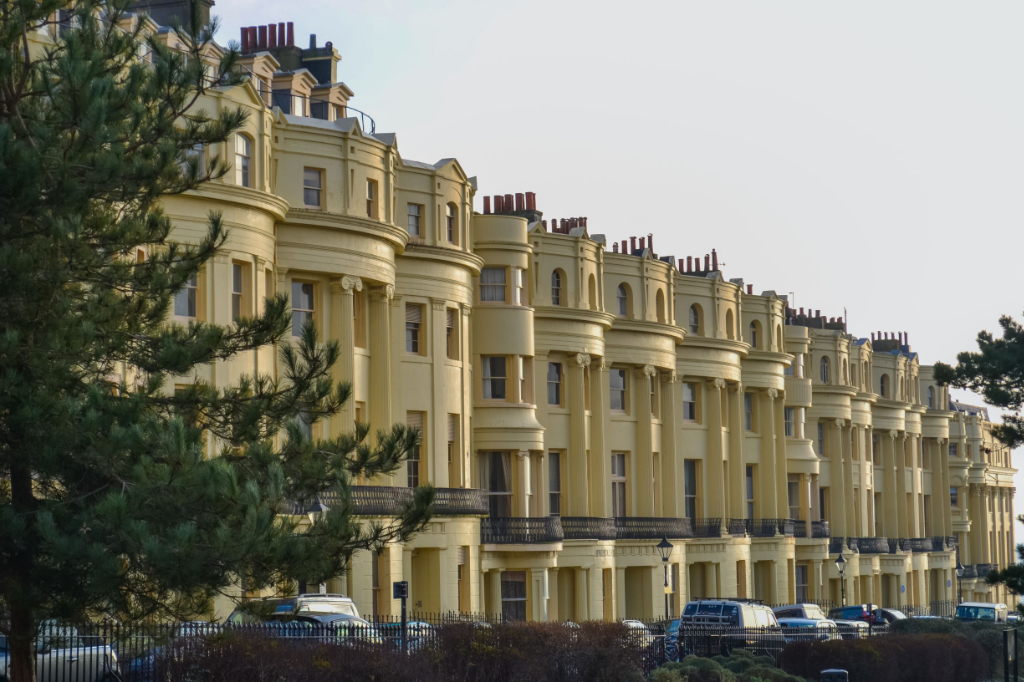
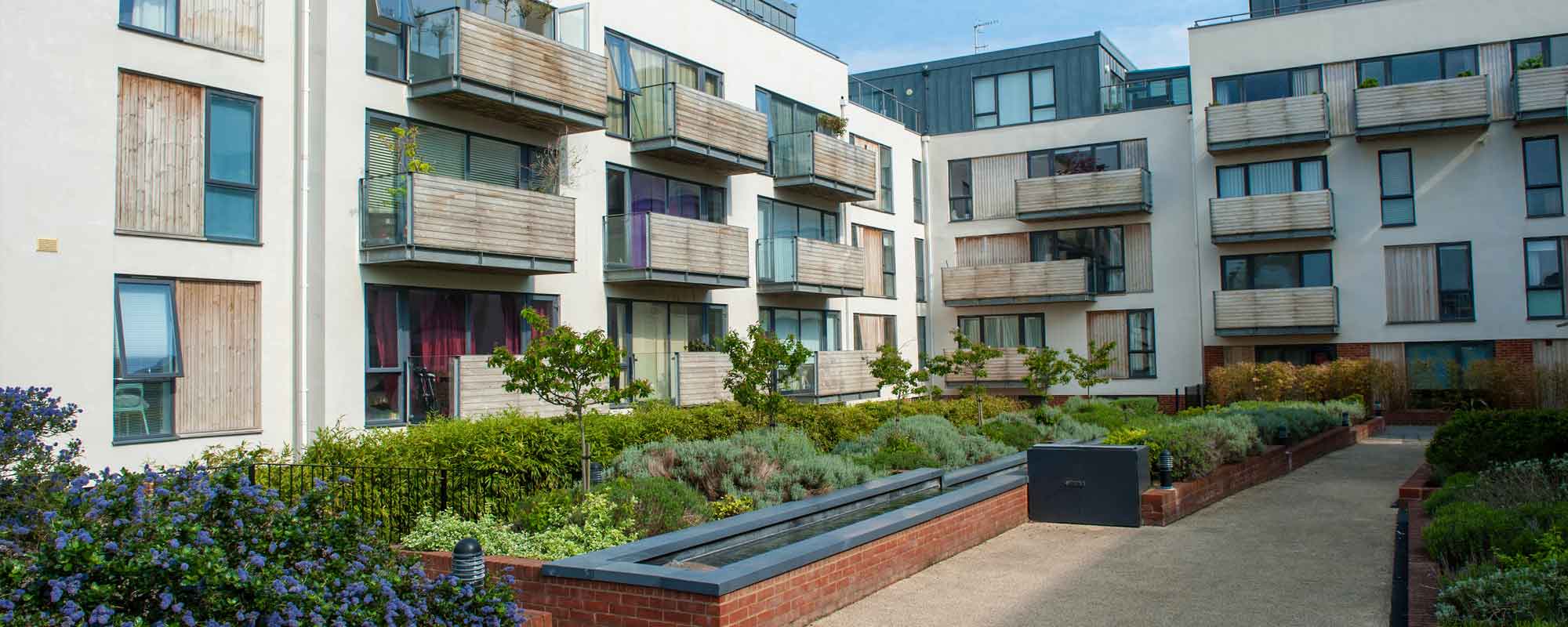
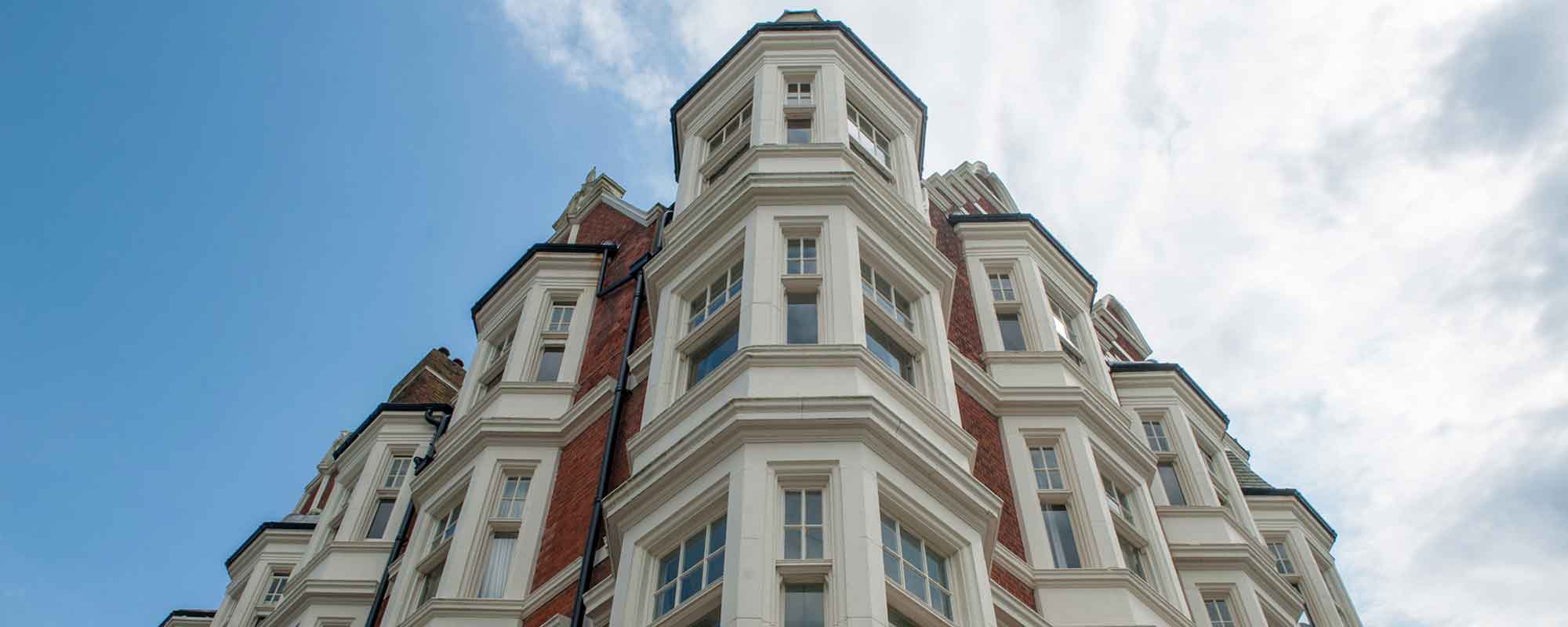
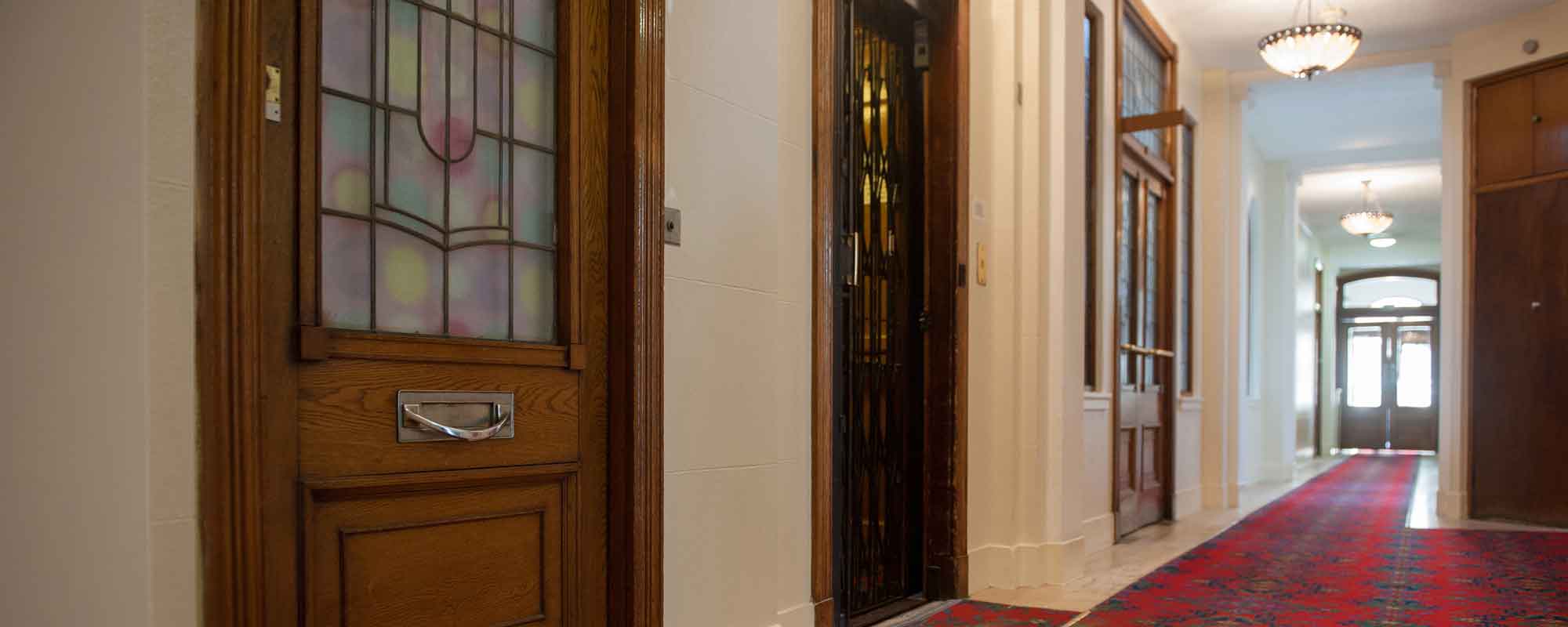
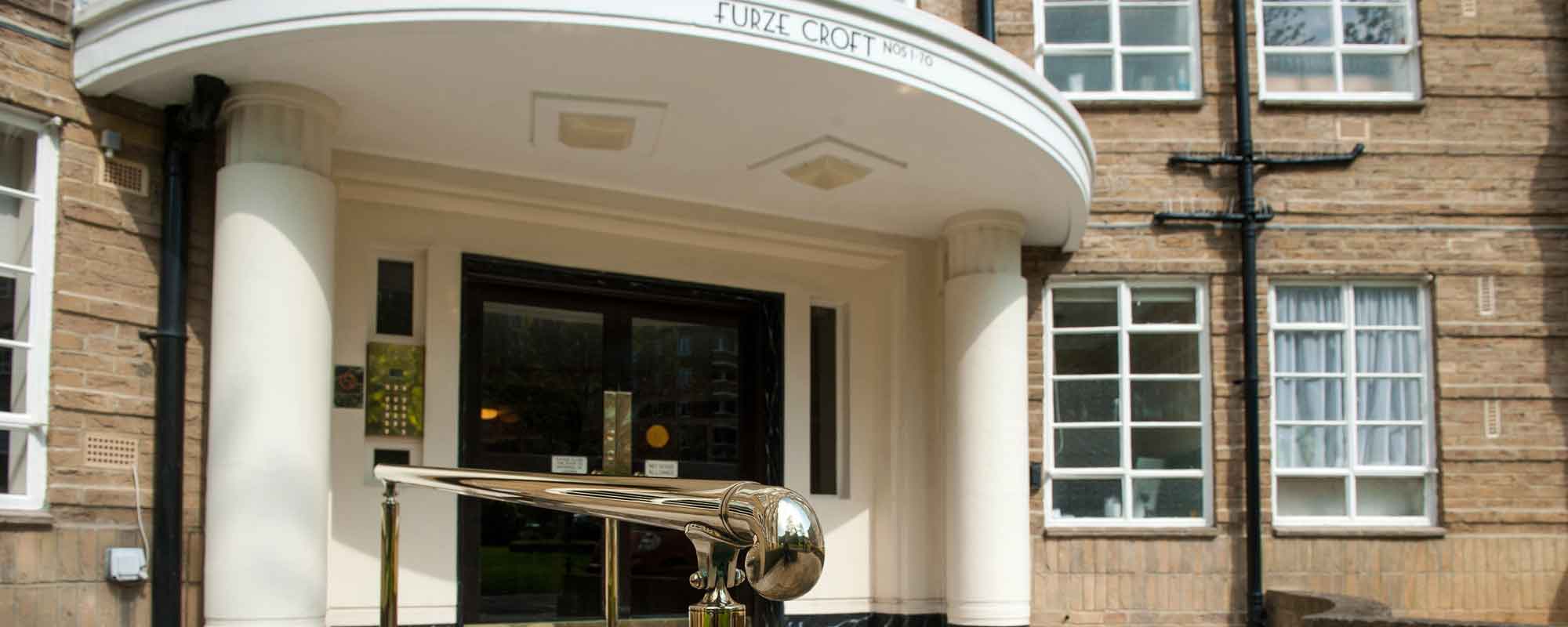





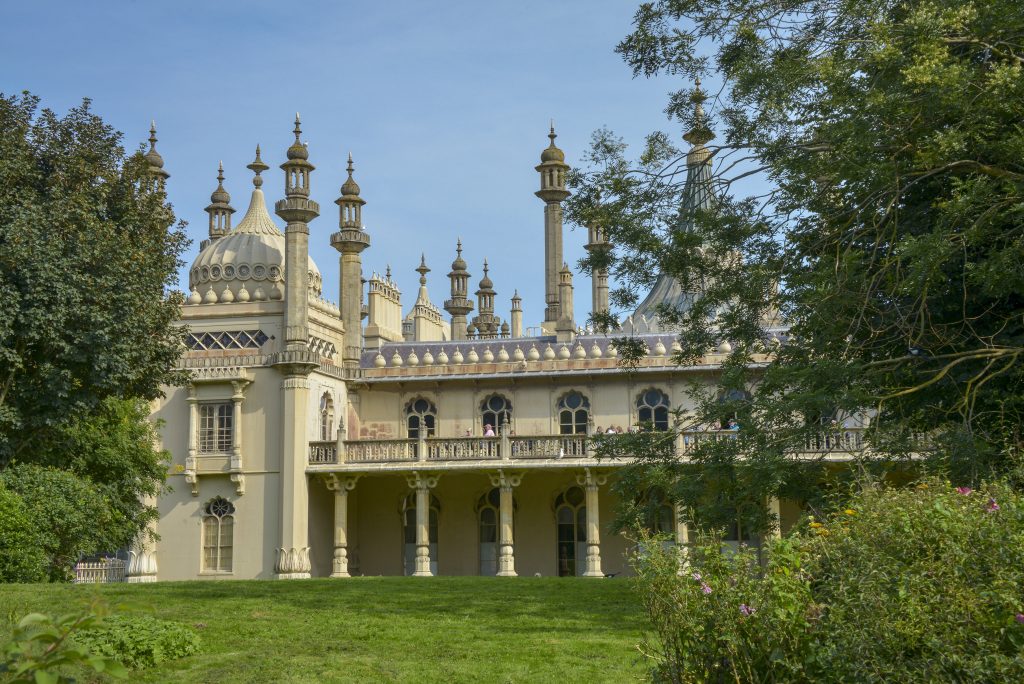


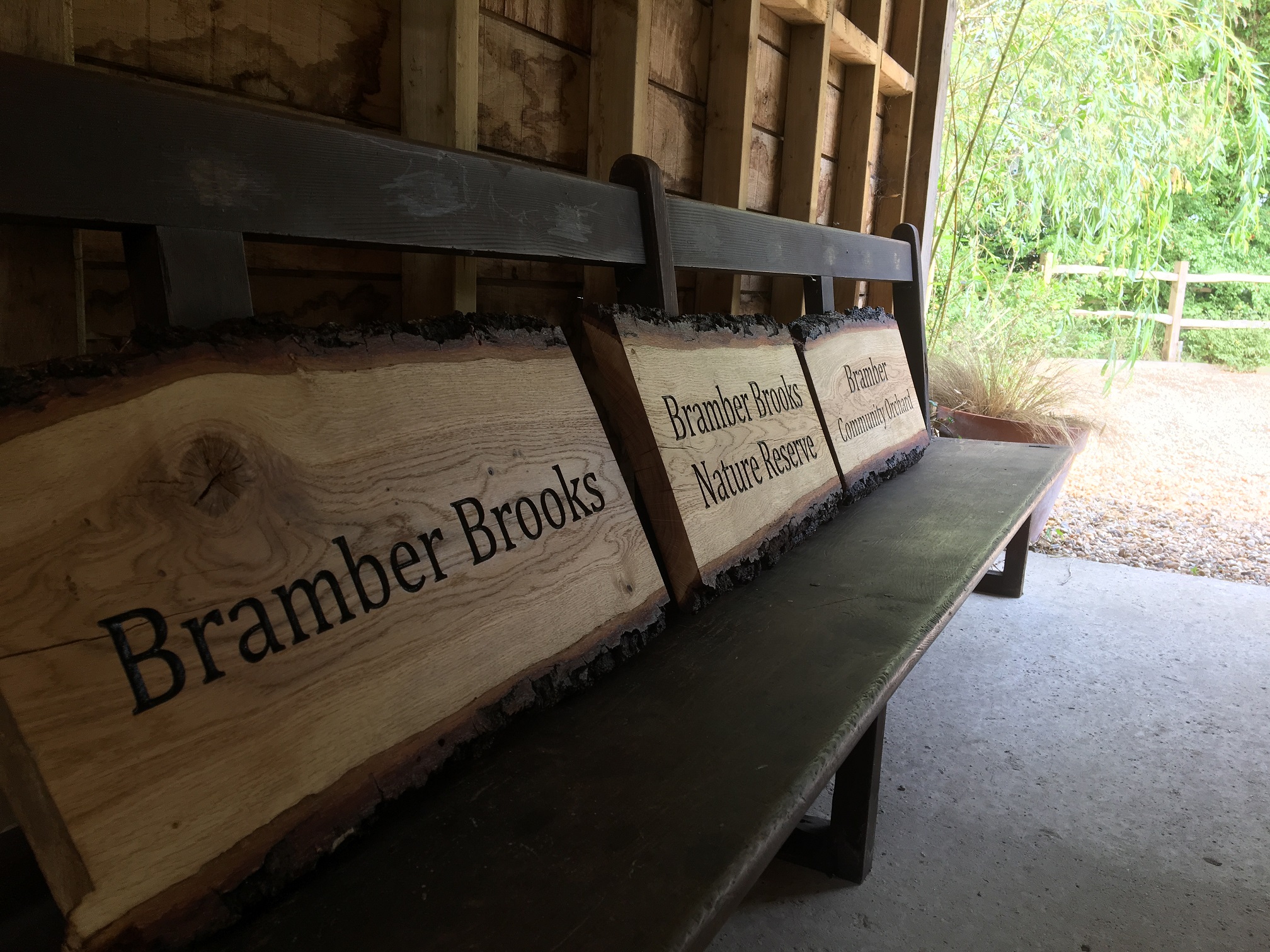


 On 15th September, 50 giant Snails will slither onto the streets of Brighton & Hove to create an 18km public art trail. Local charity, Martlets, have teamed up with Wild in Art to deliver the free public event. Austin Rees are excited to be part of the 9 week trail as joint sponsors of Disco the Snail, who will be located outside Churchill Square.
On 15th September, 50 giant Snails will slither onto the streets of Brighton & Hove to create an 18km public art trail. Local charity, Martlets, have teamed up with Wild in Art to deliver the free public event. Austin Rees are excited to be part of the 9 week trail as joint sponsors of Disco the Snail, who will be located outside Churchill Square.
 Austin Rees are delighted to have been nominated as a Finalist for Employer of the Year at the recent ARMA (Association of Residential Managing Agents) awards.
Austin Rees are delighted to have been nominated as a Finalist for Employer of the Year at the recent ARMA (Association of Residential Managing Agents) awards.